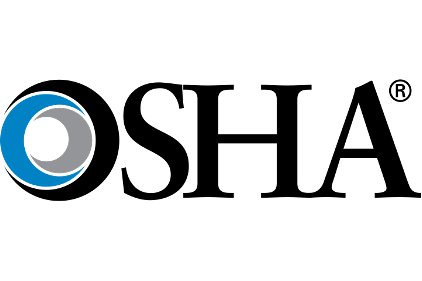Safety in the oil and gas industry, hospitals
Michaels talks to OSHA employees

Last month, Assistant Secretary of the Occupational Safety and Health Administration Dr. David Michaels held an OSHA Employees All-Hands Meeting. OSHA employees who were not able to attend the meeting in person were able to participate through the web.
All this week, ISHN will present excerpts from Michaels’ talk at that meeting.
Here is the fourth installment:
Hospitals and healthcare
In hospitals and healthcare facilities, workers are hurt at rates even higher than in construction and manufacturing, and in some cases, at more than double the average for all private industry. Nursing aides, orderlies, and attendants have an incidence rate of musculoskeletal injuries more than six times the average for all industries.
We must address this alarmingly high rate of worker injuries and illnesses by helping hospitals and nursing homes recognize the close link between patient safety and worker safety. We know that managing for worker safety will protect patients, too. The solutions to prevent the widespread injuries from patient handling are at hand-and we applaud those employers that have implemented safe patient handling programs.
Last year we launched a new National Emphasis Program for Nursing and Residential Care Facilities. And we are developing guidance products through a new partnership forged with the government's Centers for Medicare and Medicaid Services' Partnership for Patients. This is a cooperative program created and funded under the Affordable Care Act's CMS Hospital Engagement Network.
Oil and gas drilling
And we are working closely with industries like the oil and gas sector to protect workers as we move toward energy independence.
OSHA and the industry co-sponsored a voluntary safety stand-down in Oklahoma to promote safe work at oil and gas exploration and production sites throughout the state. The event was so successful that we planned additional safety stand downs in Texas, Montana, and North Dakota.
Last summer, NIOSH notified us that their field studies had identified dangerously high airborne silica exposures for workers in some fracking operations. Within one week, we held a teleconference with more than one hundred industry leaders, and quickly developed a joint hazard alert.
Reducing exposures to hazardous chemicals
Even with the progress we have made in Hazard Communication, it is no secret that many of our chemical standards are dangerously out-of-date. We have no Permissible Exposure Limit for most of the thousands of chemicals used in American workplaces, and the vast majority of existing PELS date from the 1960s or earlier.
As the GAO recently reported, the current complexity of the rulemaking process makes it prohibitively difficult to issue new standards in a reasonable amount of time. One of our challenges is to develop news ways to approach these issues, both from the enforcement and standard setting perspectives.
Protecting temporary and contingent workers
But we also know that standards are only effective when they are followed every day, at every work site, for every worker. We at OSHA recognize that temporary and contingent workers must be protected. Employers must provide these workers with a safe workplace.
Employer indifference to the working conditions of many contingent workers is simply unacceptable. While some employers may believe they are not responsible for temporary workers, OSHA requires that employers ensure the health and safety of all workers under their supervision and control.
We need to make it clear to supervisors, staffing and temp agencies, and other employers that even if workers are temporary, they are entitled to the same safety and health rights and should be treated no differently from other workers. OSHA is working with Wage and Hour -our sister agency-on protecting these workers. We have begun reaching out to temporary workers through day labor and construction groups, and as we move forward we must amplify our efforts to ensure that temporary workers are getting the training and information they need to be safe at work.
Tomorrow: Buidling a 21st century worker protection agency
Looking for a reprint of this article?
From high-res PDFs to custom plaques, order your copy today!







